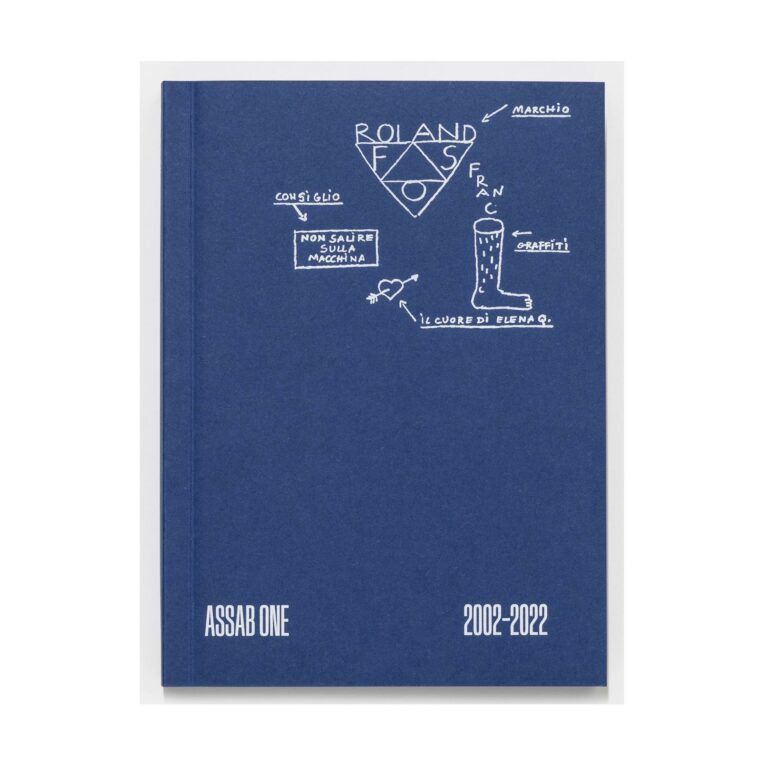“You’ve got to keep it hopping! It mustn’t stand still!!!” said Marisa Merz, whenever she saw the Roland Ultra RVU7, the four-color printing press that arrived at GEA in 1969, and remained in place for many years, in one of the spaces of Assab One, after the decommissioning of the facility.
Marisa got her wish: we really did keep that machine busy!
In 2012, after having been the genius loci of Assab One for ten years, and a set for many performances – such as the memorable event orchestrated by Luca Pancrazzi and Steve Piccolo in 2002 – after having been played, climbed and immortalized, as well as giving its name to a literary festival, the old Roland was taken all the way to India where it began a new life in a printshop, making very colorful cardboard boxes for exotic fruit.
The journey of Roland Ultra
It began in the winter of 2011 with the disassembly of the press, witnessed by many friends who came to say farewell, concluded with a joyful printing ceremony in India in 2012, and a large exhibition in Milan in 2013.
This is but one of the chapters in the history of the first 20 years of Assab One, none of which were programmed, foreseen or planned in great detail.
All these chapters have been the result of a natural process, involving many different parts: the building that hosts us, the vestiges of the labor of the workers, the generosity and brilliance of the artists who have contributed to reformulate the spaces with their presence and their works, the voices and gestures of the many people who have spent time here, curators, volunteers, interns, framers, carpenters and masons, wall painters, with whom we have set up exhibitions; architect friends with whom we have considered many things, including the recent, delicate alterations that have made it possible to offer spaces for other initiatives, including Studio Mumbai, Formafantasma and Threes Productions.
“Be careful – with memory you can write War and Peace, but also a second-grade book report”
Ettore Sottsass warned us 20 years ago, when I was searching for the words to translate very confused thoughts about how I imagined the future of that industrial building in disuse, in the hope of giving it a form that would be compatible with its past, in an epoch when people still didn’t venture into the outskirts to see art in Milan.
Those confused thoughts never did produce the strategic, entrepreneurial project with which I was trying to come to grips at the time. But they have given rise to an invaluable experience full of shared emotions and surprises.
At Assab One everything has happened spontaneously, through chance encounters, stumbling blocks, random circumstances, and due to a sort of obstinate will to remain in a neutral, open, free, maybe even “amateur-ish” zone, in the positive sense of the term. A zone that is a bit “freakatone” (hippie), as Johanna Grawunder calls it in her contribution, anglicizing an adjective from Italian slang to capture the idea…
ASSAB ONE 2002–2022 book – neither an elementary school report nor a historical novel – narrates what has happened so far, more or less along these lines: through images that speak for themselves, especially behind the scenes, and voices of people who have passed this way and felt at home.
For readers who want to get their bearings, in an orderly passage through these 20 years, the book offers a timeline of the exhibitions, while the last pages list the names of all the people who have taken part in this irreplicable collective history.
Elena Quarestani
